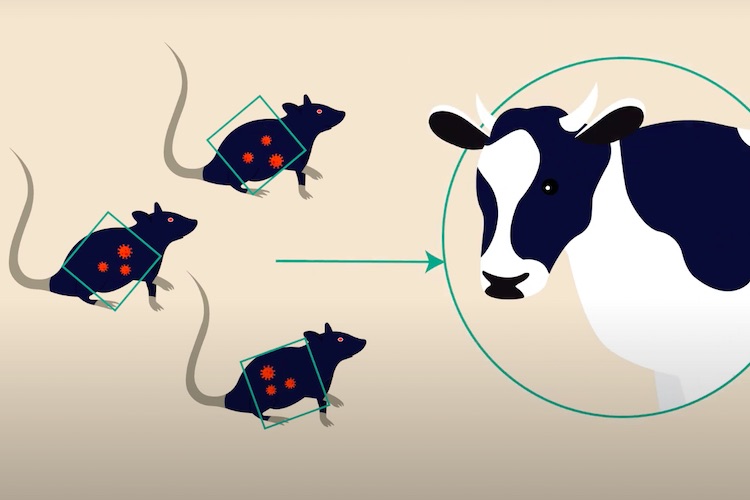Hummingbird agility depends on raw muscle power
New research suggests that muscle capacity is the most important factor determining a hummingbird’s maneuverability
Serious Science - news | December 16, 2015

In November eLife published an article called “Burst muscle performance predicts the speed, acceleration, and turning performance of Anna’s hummingbirds”. We asked two of the authors, Dr. Paolo Segre and Dr. Roslyn Dakin from Stanford University and from the University of British Columbia, to comment on this study.
The Study
Animals need to be agile to catch prey, escape predators, and outcompete rivals. But what factors determine an animal’s ability to maneuver? For birds and other flying animals, maneuvering performance could depend on body size, the shape and size of the wings, or muscle capacity. If we use airplanes as an analogy, the short, swept back wings and low mass of a fighter jet give it a higher level of maneuvering performance when compared to the much heavier passenger plane designed for stability and load carrying. Another important factor is the engine: an airplane with a more powerful engine can perform more extreme maneuvers, because it can generate more force that can be used to change speed and direction. Much like aircraft, we expect animals with smaller bodies, shorter wings, and more powerful muscles should be able to perform more extreme maneuvers in flight. In this study, we set out to investigate whether the maneuvering performance of hummingbirds is primarily determined by body size, wing design, or muscle capacity.

We found that hummingbirds with higher muscle capacity could accelerate faster, stop faster, and perform more complex turns. To our surprise, we also found that wing size did not predict maneuvering performance, and wing shape had only a limited role: the birds with narrower wings performed more complex turns, but wing shape did not affect their straight-line speed or acceleration performance. We also found that a bird’s body mass did not predict its maneuvering performance. Together, these results suggest that muscle capacity is the most important factor determining a hummingbird’s maneuverability.
Background
There are over 300 species of hummingbirds with a wide range of wing shapes and body sizes, all of which rely on flower nectar as their primary food source. In the 1970s and 80s scientists noted that hummingbirds with different wing shapes have different foraging styles. For instance, hummingbird species with short stubby wings tend to aggressively defend small territories from intruders. In contrast, hummingbird species with bigger wings make use of their increased aerodynamic efficiency to feed from flowers that are spread over a much larger area, avoiding the more territorial birds. More recently, it has been demonstrated that territorial species also have a greater ability to rapidly produce aerodynamic forces. In theory, having a more powerful motor should allow a bird to perform more extreme maneuvers, which may translate to increased competitive ability and territorial behavior. In this study, we demonstrated that among Anna’s hummingbirds (a species that lives on the west coast of North America), there is a correlation between muscle power and maneuverability. We do not yet know how different maneuvers influence competitive ability within and among hummingbird species.
Future directions
The study of maneuverability is still in its infancy. To date, research on animal locomotion has focused mainly on simple behaviors that are easy to replicate in the laboratory. However, new technologies including video and GPS tracking as well as miniaturized sensors that can be attached to flying animals are making it possible to study flight performance outside the lab. The next step in our study is to investigate the link between individual maneuvering performance and competitive ability. This will require a rigorous experimental design that incorporates biomechanical measurements with detailed field observations of competitive interactions. We are also interested in the patterns in maneuvering performance and competitive ability across species. This can help us understand how maneuvering performance evolves.
If you would like to contribute your own research, please contact us at [email protected]






























